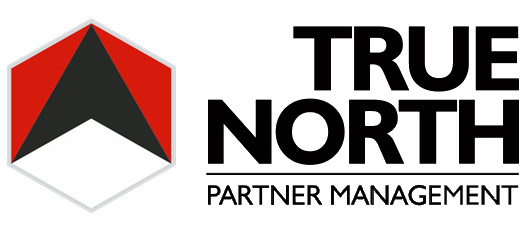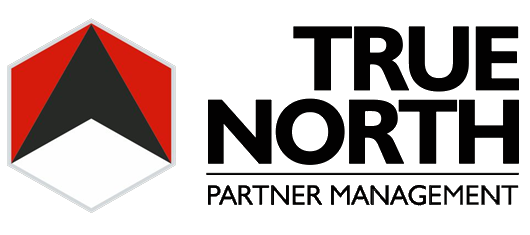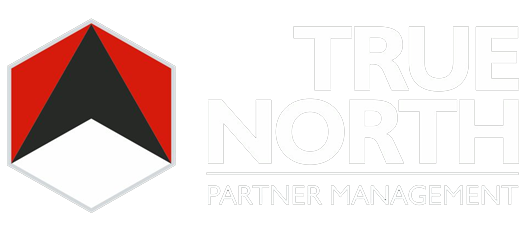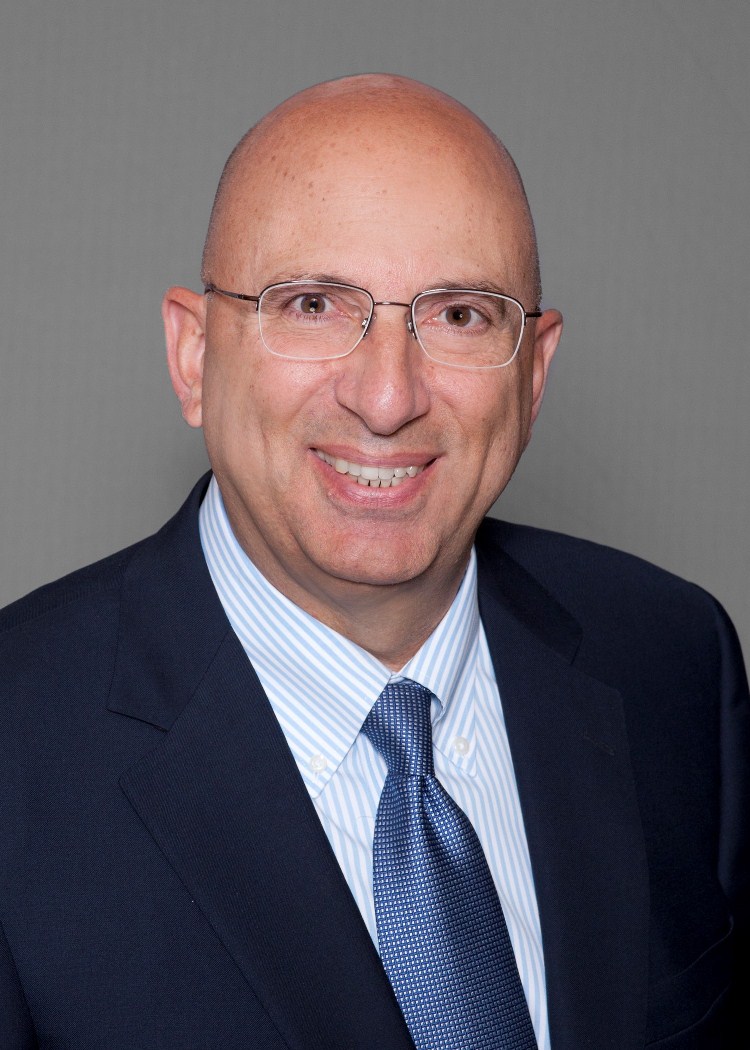The following post originally appeared on Forbes | November 5, 2014
“When you end up killing one of your men, you see, you tell yourself it happened so you could save the lives of two or three or ten others. Maybe a hundred others … that’s how you rationalize making the choice between the mission and the man.”
Captain Miller – Saving Private Ryan
In Saving Private Ryan, the fictitious Captain Miller—played by Tom Hanks—was a former school teacher that, through the trials of war, became a sage, guiding light and beacon of hope to his platoon. Their purpose, as a team, was to carry out their mission, whatever that may be. And though the troops sometimes lost their way—their mandate—Miller kept their eyes on the ball, even when it placed them in danger and even when his decisions where not unanimously embraced.
While Miller’s quote is scripted, it holds true where leadership is concerned. Difficult, sometimes impossible, decisions have to be made; decisions that can haunt; decisions that benefit the aggregate at the expense of a few—the mission rather than the man. Good leadership never waivers at critical moments, however, whether it is in a platoon or a company or a law firm. They make the tough calls. They keep the big picture in mind. They rally their troops and keep all rowing toward the same shore. Importantly, they’ve seen their version of “battle” and have earned the respect of the people—friends and foes alike. From leaders like this, there is much to be learned.
Today we speak with Bob Dell, soon-to-retire global chair and managing partner of Latham & Watkins. In 20 years of leading the firm, he oversaw the dramatic, merger-less expansion of the firm from 11 offices and 600 lawyers to more than 2000 lawyers in 32 offices worldwide. Further, he orchestrated a 740% growth in revenue—from $262M to $2.2B during that period. A history like this can’t help but earn the respect of the people. The American Lawyer agrees:
It’s little surprise that when law firm leaders were asked to name the firm that they most admire for its management, they named Latham more than three times as often as any other firm.
Building such an empire doesn’t come easily. Dell and the rest of his management team have made many decisions over the years—some easy, some hard. They’ve both weathered storms afoul and dried and warmed their wings in the sun. Along the way, they’ve built a solid platform for their people: the Latham & Watkins institution. Dell’s tenure has taught him a thing or two about running a law firm, about gaining the respect of his people, and about the durable principal of putting the mission before the man. See our exchange below:
Moving Past Their Challenges In The 1990′s
Parnell: I know that Latham experienced some challenges in the early 90’s. You were transitioning or diversifying your work at that point. It’s been a long time, but what were some of the things that Latham did to cohere the firm during that time?
Dell: I was a young partner at the time, but I recall clearly the actions taken by the senior partners at the time which left an indelible mark on the firm. To set the scene: It wasn’t simply a transition we were going through. The financial market slowdown and the recession in the US in the early 1990′s dealt a blow to the legal industry. We felt it particularly hard in light of our client base. Almost overnight, our three largest clients pretty much disappeared.
Looking back on this chapter in the firm’s history, one of the really rewarding aspects of having experienced this—and it is something that has stuck with me—is how it engendered the leadership qualities of our senior lawyers; not only those partners serving in leadership positions at the time, but also our most renowned, senior lawyers from across the firm who demonstrated exceptional judgment, resolve, and wisdom in the face of very challenging conditions.
We had a [compensation] system—we still do—that was a quasi-lock step for 85% of the profits, and then a 15% bonus pool. The lockstep portion was on a 4 to 1 ratio—250 units to 1000 units. The proposal was to modify the system to distribute the profits differently with an eye to the younger partners. So we changed the model to a 3 to 1 ratio—300 units to 900 units. It had been 4 to 1 for the history of the firm so this represented a very significant change. It sent an interesting and very positive signal throughout the partnership, which was, “We’re in this together. We see where the pain is. We’re going to try to address that as best we can.”
It galvanized the partners and inspired a great deal of loyalty from the younger and mid-level partners. It was a bold and unequivocal demonstration that true leaders—true senior leaders—put firm before self and make the tough calls to do what’s necessary, even if it’s not to their immediate benefit.
On Stewardship
Parnell: Would you say that there’s a level of stewardship in your people toward the firm and your brand?
Dell: Yes. Part of the culture—even before the ‘90’s—was articulated as, “We empower younger people. They are the future. And we look for ways to give them responsibility early.” We value and promote practices that grow and develop our younger people. This remains true today, though I think it is reflected in a different way. The most senior and accomplished partners in the firm, almost without exception, are successful because of their ability to build effective and productive teams and for being great team leaders. That’s a reflection of the culture. But it doesn’t work if you just mouth it. You have to live it.
When you’re a younger partner, you try to emulate those who are successful. And you say, “How did they get there?” In some firms, client relationships are hoarded and an eat-what-you-kill culture pervades, and the junior partners say, “That’s what I’m going to do because that’s the way you succeed.”
In our firm we talk about this: that’s precisely how not to succeed. We try to model good behavior. You might happen to have had some success by virtue of good client relationships, but those in the firm that are the most admired and successful are those who are strong team players. I think leadership from the top—and I don’t mean just management, I mean from senior, successful lawyers in a firm—makes a big difference.
On Law Firm Mergers
Parnell: Moving forward a bit, you guys were in merger talks with Ashhurst back in 2000. Obviously that didn’t come to fruition, and neither did any other mergers over the years. I guess I can draw my own conclusion, but what are your thoughts on law firm mergers in general, from a growth standpoint?
Dell: It depends on what you’re trying to accomplish. A not-uncommon goal of a merger is to be able to enter new markets in a big way, without starting from ground zero. It gives you instant presence in a market you’re trying to enter—that’s one of the benefits of a merger. But there are some firms that are merging because they just want to be bigger. That’s a whole different topic. I don’t agree with that approach.
If it is critical to your strategy, though, then you’re going to try to seek out merger candidates. And if an additional goal is to end up with a firm that operates as an integrated, one-firm entity that cooperates across borders and that is structured from a management, governance, and compensation perspective as one-firm, then it gets harder. You need to be sure about cultural fit. If you take culture seriously, that’s when issues that are under the surface manifest.
When I say “culture,” I mean lots of things: What do you value in your lawyers? What kind of behavior is esteemed? What kind of performance is valued? And one can link this to a compensation system because it, invariably, is reflected in compensation.
At the end of the day, every lawyer—every partner—wants to be united by a shared vision and shared values. Further, they want to know that these defining values will never be compromised. As you get more granular on these issues, you can pretty quickly run into walls.
A lot of firms will say, for instance, “We can adapt to your compensation system.” But when you drill down and say, “Okay, let’s take Partner A and look at how he performs. We’ll tell you how we would evaluate his performance, not just from a compensation standpoint, but also from what the firm values, whether you would put him in a position of leadership, etc.” And if you come out differently on a spot check with a handful of partners, I think you’ve got problems.
Management of Cross-Border Offices and Recruitment
Parnell: It’s a real challenge when you’re looking at managing cross-border offices. Has it been challenging for you?
Dell: Yes and no. It’s not been challenging to operate. The challenge is finding the right people who embrace our culture. And, so, once we get the right people, there have been absolutely no issues with integration. They like it. That’s why they decided to join the firm and that’s why they are among the most ardent advocates of our values. You can have the best systems in the world, but if you don’t have lawyers who are predisposed to good behaviors and who share your values, you won’t get true integration and teamwork.
As a starting point, you have to be committed to upholding your core values. Finding the right talent who would embrace our culture slowed our entry into a few markets, but we would never make a decision that damaged or diluted our culture.
On Attorneys Working on Firm or Self-based Capital
Parnell: Many firms, despite having created some level of reputational capital, just don’t have enough to guarantee the loyalty of their people. So there’s this tug of war between, “Do I work for myself? Do I develop my own clients?” or “Do I truly put myself into the bosom of the firm, and integrate my clients, and gear my work towards the best interests of the firm, rather than my own?” Aside from recruiting, is there anything else that you guys do in order to create this team-ethos?
Dell: Well, among other things, we talk about it all the time, and at all levels, and again, we put our money where our mouth is.
Sometimes we see this with younger partners: They’ll have an opportunity with a new client that may not be a good strategic fit for our platform and the long-term opportunities are not strong. In the aggregate, the partner’s expertise and skills may be better deployed by working as part of a team serving one of our large institutional clients or serving a new client that is a better strategic fit for our practice.
That partner knows that under our systems we value his contribution to a client, even though he didn’t bring the client in, just as much as we value him finding a new client that we find to be less strategic. If there’s a shared vision and the incentives are aligned, it’s easier to get everyone rowing in the same direction.
The Challenges Facing Business Development / Finders
Parnell: With new business in mind, what challenges, specifically, do you see facing today’s business development attorneys—the guys who are mainly “finders,” if you will? Kind of like the junior people you were just talking about.
Dell: Our experience over the past decade has been that a large majority of new clients are not brought in because of one partner, but rather by the team and the platform. It may be that one partner has the relationship and makes the entrée, but oftentimes it’s not the expertise of one partner that that client is looking for. Our sweet spot is complex, multi-jurisdictional and interdisciplinary work; you need to showcase the team to win these types of mandates.
And, so, one of the challenges that [Finders] have is making sure they have both the knowledge of the firm’s expertise across the platform and the interest in bringing people together to pitch a client.
This is a challenge inherent to growth: Helping all partners stay current on where our expertise resides—who has it, in what country, in what practice area, etc.? That’s why we invest in global partner meetings, practice retreats, and other firm-wide meetings to address this challenge.
I think the complexity of the world and the complexity of legal problems has made pitching for business a more complex, challenging enterprise. These trends will become more pronounced over time, and firms that are structured less around fiefdoms and more around the team will be better aligned to clients’ needs.
Challenges Facing Grinders
Parnell: With “Finders” in mind, consider the flip side: the “Grinders,” the billing attorneys. What do you see their biggest challenge being over the next four, five, or six years?
Dell: Similar challenges to today: Developing expertise and client relations skills so that when they’re brought into a project, the client will see them as a positive and important contributor to the project.
When I’ve talked to clients after a big engagement closes, I always ask them how we did: “Was there anyone that stood out in a positive way or a negative way on the team?” And I’ll hear things like, “Well this one young partner was fantastic.” We definitely value partners who do great work and distinguish themselves in the eyes of the client, even if they did not attract the client to the firm or lead the client relationship.
On the Am Law 200’s Midsection
Parnell: When I take a 50,000 ft. view of the market, you have this race toward the top—the Global Elite—and you have this push towards micro-specificity, where, perhaps, firms are constricting or you have sizable groups that are peeling off and setting up their own niche firms. In between, you have what Michael Porter may call “the hole in the middle:” A bunch of firms in the Am Law’s midsection where it’s really difficult to distinguish each from their closest neighbors; it’s hard to see their competitive advantage. If you were dropped into the leadership spot at one of these firms, what would be the first one or two initiatives that you would launch?
Dell: Well, I’m familiar with these issues because I’ve talked to some of the leaders of those firms. Notwithstanding these firms having very good lawyers and a number of large client relationships, over time they’ve experienced a real crunch with work being segregated. In the new economics, they’re being squeezed very hard.
In confronting this “new normal,” I think you have to look very hard at, “What are we really good at?” And maybe take a handful of practices and say, “Here’s where we’re going to focus our energy; focus our hiring; focus our marketing; focus our strategic client relations; and try to demonstrate to clients that we are true specialists in these areas, and that’s where we add value to the relationship,” and see how effective we can be at that.
On the Big Four and Liberalization
Parnell: Looking at the Big Four, do you see them eventually getting into the complex legal market? And if so, do you think they’re an actual threat to firms like Latham?
Dell: I’ve just read in the press about what they’ve been doing, so I don’t have any inside information. But it appears to be that some want to expand legal services into their business.
Part of me is influenced by history. I remember back in the late ‘90’s a couple of the accounting firms announced the big push—that they were going to grow a global law firm. But for reasons I don’t know, it just didn’t happen.
At this point, we don’t see them as a threat. Rather, we see them more as a partner. We might ask them to do work in countries where we don’t have offices, or to handle some of the legal work that we don’t specialize in. They often refer work to us as well. We see it as a symbiotic relationship at this point as opposed to a competitive relationship.
Parnell: Do you believe that we’ll ultimately liberalize here in The States?
Dell: Again, I’m biased based on history. Previous efforts have come to naught, so I guess I’m a little bit pessimistic about it.



